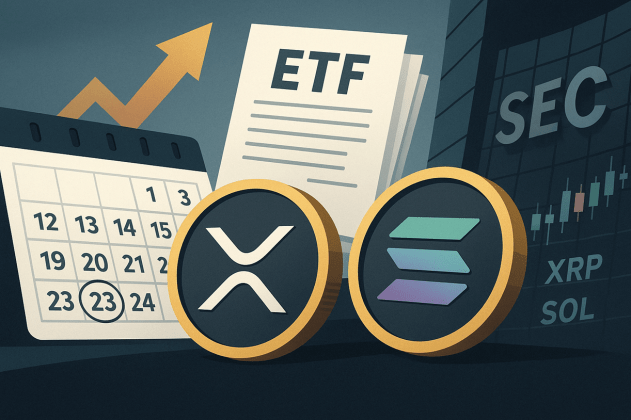The Financial Stability Board (FSB) has released its updated list of globally important banks, and JPMorgan Chase takes the top spot as the world’s most “too big to fail” bank.
JPMorgan Chase Leads the Pack
The FSB’s ranking system categorizes banks into “buckets” based on their systemic importance, with higher buckets requiring banks to hold more capital as a safety net. JPMorgan Chase is the only bank in “bucket 4,” the highest category. This means they must hold an extra 2.5% of common equity as a percentage of their risk-weighted assets.
Bank of America’s Status Changes
Meanwhile, Bank of America’s ranking has dropped. It’s moved from bucket 3 to bucket 2, meaning its additional capital requirement has decreased from 2.0% to 1.5% of risk-weighted assets.
The Background: Preventing Another 2008
The FSB’s role in monitoring these banks stems from the 2008 financial crisis. Governments realized that some banks had become so large that their failure could cripple the entire global financial system. This led to initiatives like the US’s Troubled Asset Relief Program (TARP), which injected capital into struggling banks to stabilize the system. TARP ultimately returned a profit to the US Treasury.
Important Note: This information is for general knowledge and shouldn’t be considered investment advice. Always do your own research before making any investment decisions.
/p>







